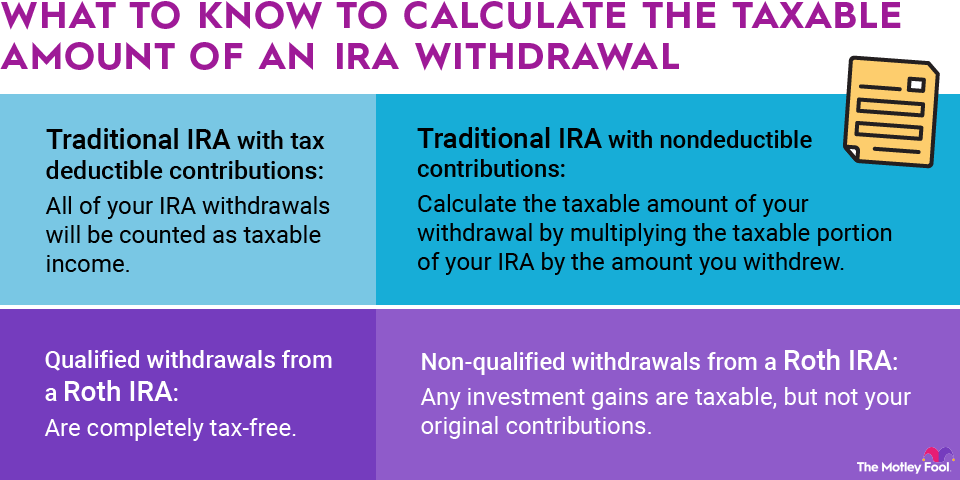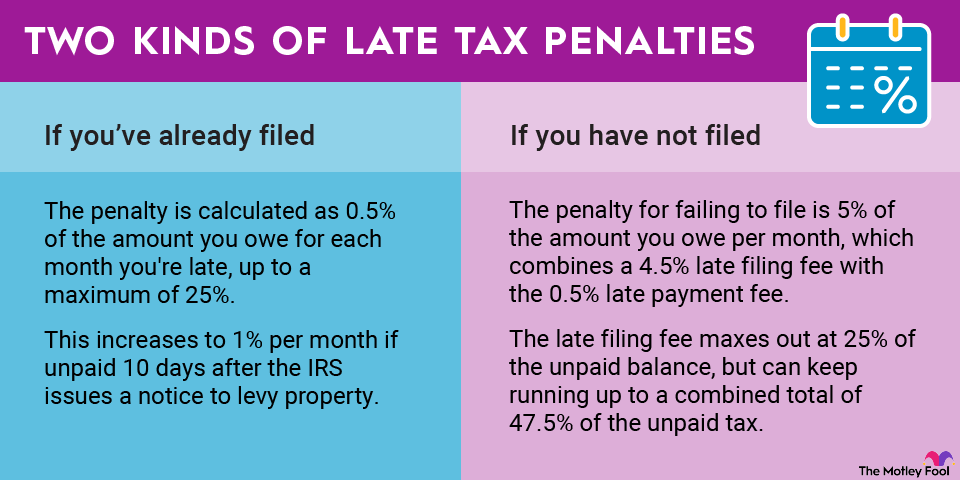Calculating the change in assets on a company's balance sheet is an important step when analyzing a business or stock. The direction of these changes can be indicative of a company's health and future prospects. Let's work through an example to show how it's done.

Calculating the change in assets of a company
For this example, we'll use this hypothetical balance sheet of ABC Company, an industrial manufacturer. The table below summarizes the company's assets for the past two year-end periods.
Assets (in millions) | Year End Last Year | Year End This Year |
|---|---|---|
Cash | $50 | $60 |
Accounts Receivable | $100 | $225 |
Inventory | $500 | $900 |
Fixed Assets, net | $1,250 | $1,150 |
Other Assets | $75 | $60 |
Total Assets | $1,975 | $2,395 |
At a glance, we can see that ABC Company's assets increased during this year from $1.975 billion to $2.395 billion. To calculate the exact change, we just subtract this year's total assets by last year's total assets. If the result is positive, then total assets grew. If the result is negative, then total assets declined.
In this example, take $2.395 billion and subtract $1.975 billion; the result is $420 million. That means that ABC Company increased its total assets by $420 million during this one-year period.
We can add context to this number by calculating the percentage change during the period. To do this, just divide the difference from above, $420 million, by last year's total assets, $1.975 billion. Multiply that result by 100 to see the percentage change -- in this case, 21.3%. Again, a positive number indicates growth, and a negative number indicates a decline.
To calculate the changes for specific asset accounts, the math is the exact same. Find the difference between the two years, divide by last year's number, and multiply by 100.
The next step is the most important
After you've done the math and calculated the change in assets, the next thing you should always do is ask yourself why. Did total assets increase or decrease? Which specific assets increased or decreased to drive the overall changes? Why are we seeing these changes in the company's assets?
This step is critical, because it connects the changes in the numbers with actual events, decisions, and strategies at the company.
In our example, the increase in accounts receivable and inventory are the primary drivers of the overall increase in total assets. Thinking critically about these changes, we would expect that the company has also seen a rise in sales. This is because a company that's experiencing sales growth would also see receivables increase commensurate with the new sales, and we'd expect management to increase inventory to keep enough product on hand to deliver on the higher sales volume.
Related investing topics
From there, these conclusions could be confirmed by further analysis of the income statement, and by discussing the business with management -- or listening to conference calls, transcripts, or presentations for larger or public companies.
A company's financials are similar to a report card in school, summarizing the business' performance during a given period of time. The numbers are what they are because of decisions and events that actually occurred.
Your job as an analyst is to connect the numbers to the real-world factors driving the business. Calculating the change in assets is an effective first step in doing just that.
To learn more about stocks and how to start investing, head over to The Motley Fool's Broker Center and get started today.


















